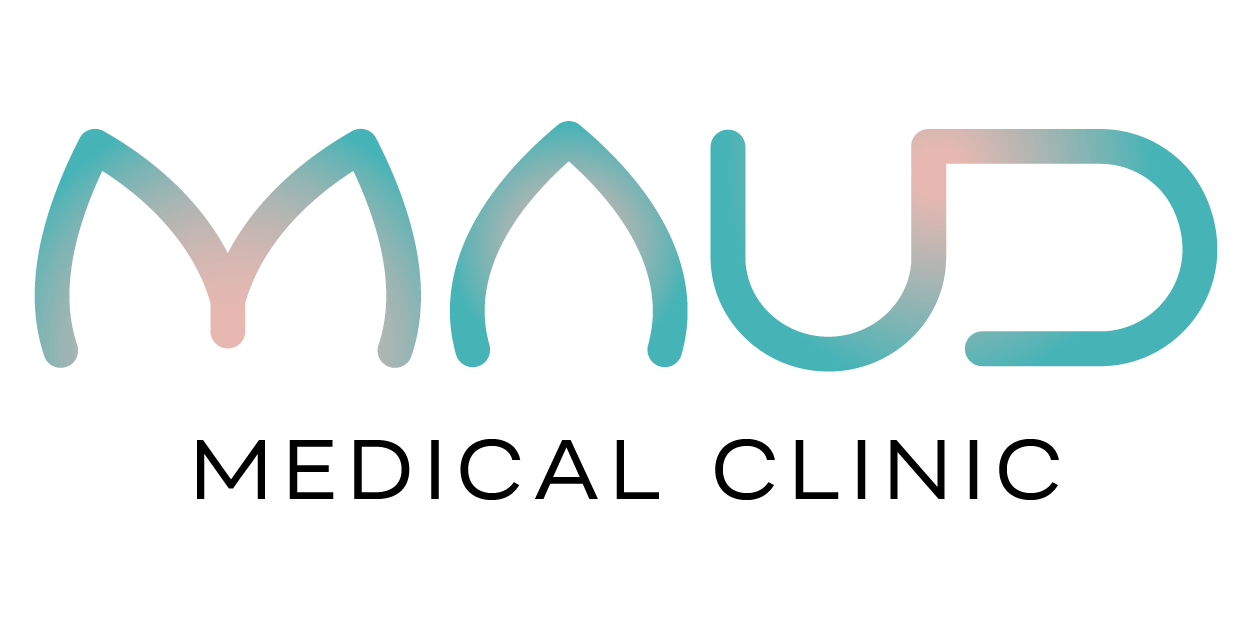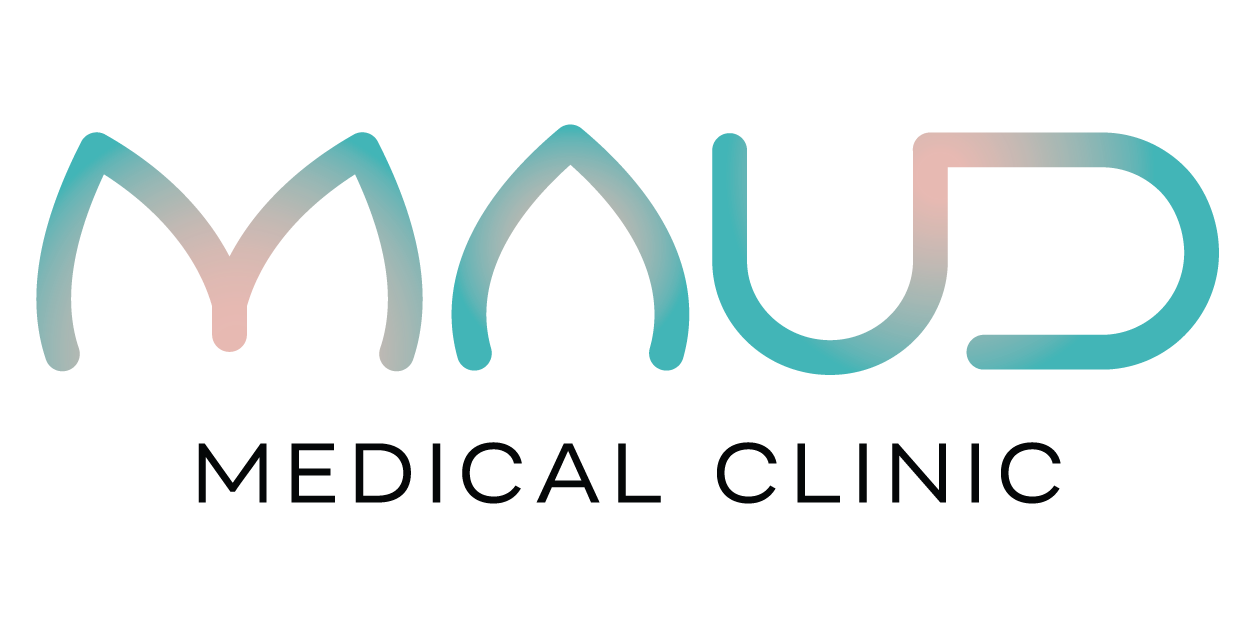Vulvar Lichen Planus
WHAT IS IT?
Lichen planus is an inflammatory skin disease that can affect men and women, and different skin areas on the body. It may cause an itchy rash of small purplish bumps, often on the arms, legs, or back. Or it may cause sore or raw areas on the moist skin on the inside of the mouth, entrance to the vagina or inside the vagina. In some cases, the nails and the scalp are also involved. It is possible to have the disease in one area (eg. vulva) without ever having a problem elsewhere (eg. mouth).
WHAT CAUSES LICHEN PLANUS?
The cause of lichen planus is unknown. We know that it is NOT caused by infection, hormonal changes or ageing, and is not because of anything that you did or didn’t do. It results from inflammation in the skin. There may be a problem with the immune system, the system that protects a person from infection. In lichen planus the system is overactive and makes proteins that cause inflammation in the skin or on the genital area. This is referred to as an autoimmune reaction. Occasionally medicines (like hydrochlorothiazide) can start this reaction. Why the lesions develop in some places and not others is not known. Lichen planus is NOT contagious and cannot be passed to a sexual partner.
WHAT ARE THE SYMPTOMS AND WHAT DO I SEE ON NON-GENITAL SKIN?
If only the body skin is affected, the rash is usually on the inside of the wrist, the forearms and the ankles. The spots are a purple color and you may see some fine white streaks on the top of the spots. A similar white, lacy streaking may be seen inside the mouth, but there may not be any symptoms. There may be sore, red, raw areas around the gum margins, tongue and inside of cheeks.
WHAT ABOUT VULVAR LICHEN PLANUS? WHAT ARE THE SYMPTOMS?
• Soreness, burning and rawness at the entrance to the vagina are very common symptoms. Women often feel like they have a “constant yeast infection”.
• Abnormal vaginal discharge: Some women have a sticky, yellow or yellow-green discharge, which can be bloodstained, especially after intercourse.
• Vaginal bleeding and or spotting outside of your menstrual cycle.
• Painful sexual intercourse: The top of the vagina can be inflamed and this will result in pain with intercourse and or bleeding after intercourse. If the top of the vagina starts to scar, it may be difficult to have penetrative intercourse and or have a pelvic examination by the doctor.
HOW IS LICHEN PLANUS DIAGNOSED?
Doctors familiar with the condition may diagnose it by looking at the skin and seeing the characteristic appearance. In regards to the vulva, signs of lichen planus may include;
• Changes to the vulvar anatomy – thinning and or flattening of the small hairless lips of the vulva and skin around the clitoris. The appearance may be similar to Lichen sclerosus of the vulva.
• Redness, erosions and or ulcers in the vestibule (the entrance to the vagina). Sometimes one can see a white lacy pattern on the inside of the small lips of the vulva.
• Redness, erosions and or ulcers at the top of the vagina and involving the cervix. Bleeding after a vaginal examination.
• Changes to the appearance of the cervix (entrance to the womb). Scarring of the vaginal vault and or strictures within the vagina. There may be a loss of depth of the vagina.
• The diagnosis may be confirmed by biopsy but often the skin is very inflamed and eroded and the biopsy may not be diagnostic.
HOW IS LICHEN PLANUS TREATED?
There is no cure for lichen planus. However, in some cases, lichen planus seems to come and go of its own accord and it is possible that it will disappear completely. The goal of therapy is to control the symptoms and prevent changes to the vulvar and vaginal anatomy.
• Please follow our skin recommendations.
• Generally, mild-moderate anti-inflammatories (eg. topical steroids) are used for minimal symptoms.
• For flare-ups moderate-strong steroids are applied to the vulvar and or within the vagina.
• Dilators may be needed to “stretch” any scarring that is a result of the skin condition. Rarely surgery may be necessary.
The medications will control but often will not cure the lichen planus. You will need to work with your health care provider to find a treatment regimen that is acceptable to you and effective in controlling your skin condition. In general, you will need to see your doctor every 6 months until your condition is stable.
WHAT SHOULD I WATCH FOR?
As lichen planus is a chronic inflammatory skin condition, there is a very small risk of developing local types of skin cancer in the area. The risk is about 2%. Any new raised or non-healing areas in your genital area should be reported to your healthcare provider. It is important that your lichen planus is treated and you are followed by your healthcare providers – dentist, and family doctor. If you are not sexually active and or menstruating, you may need to insert a dilator into the vagina on a regular basis to check that it is still open. (eg. Pure romance silicon dilators)
LICHEN PLANUS: THERAPEUTIC OPTIONS
Follow skin care recommendations. Use a barrier on the external skin if using intravaginal therapy. Maintenance (Your symptoms are minimal) – Your physician may recommend one of the following
• Hydrocortisone 2.5% apply daily.
• Mometasone fourate 0.1% ointment apply 2-3 times per week.
• Betamethasone valerate 0.1% ointment apply 2-3 times per week.
• Clobetasol proprionate 0.05% ointment apply 2- 3 times per week.
• Tacrolimus 0.1% ointment or pimecrolimus ointment apply every other day.
• Hydrocortisone 25 mg vaginal suppositories or cream 1-2 applications per week.
• Local estrogen replacement (eg. Vagifem 10 ug twice per week)
• Monthly vaginal dilator therapy (if not sexually active)
Flare-ups – outside hurts (You are very symptomatic and the symptoms are interfering with daily activities and/or sexual activities) your physician may prescribe one of the following:
• Topical Clobetasol proprionate 0.05% ointment used nightly for up to 1 month.
• Topical tacrolimus 0.1% ointment apply every other day and increasing to twice per day for 6weeks.
Flare-ups – with heavy discharge, bleeding and vaginal involvement
• Hydrocortisone cream 25/50/100 mg at bedtime every day for 14 days then every other day for 14 days. This may be tapered down but continued for 4-6 weeks till there is a definite response.
• Hydrocortisone 100 mg suppositories (or cream) nightly for 3 months
• Vaginal dilator therapy nightly to maintain the length and depth of vagina and prevent permanent scarring.

